Scroll Down to Read Today’s Essay
Subscribe to Baseball History Comes Alive for automatic updates. As a Free Bonus, you’ll get instant access to my Special Report: Gary’s Handy Dandy World Series Reference Guide!
The “Old Perfessor,” Casey Stengel Photo Gallery
Click on any image below to see photos in full size and to start Photo Gallery:
Talk About Obscure!
Casey Sengel’s 1939 Boston Bees!
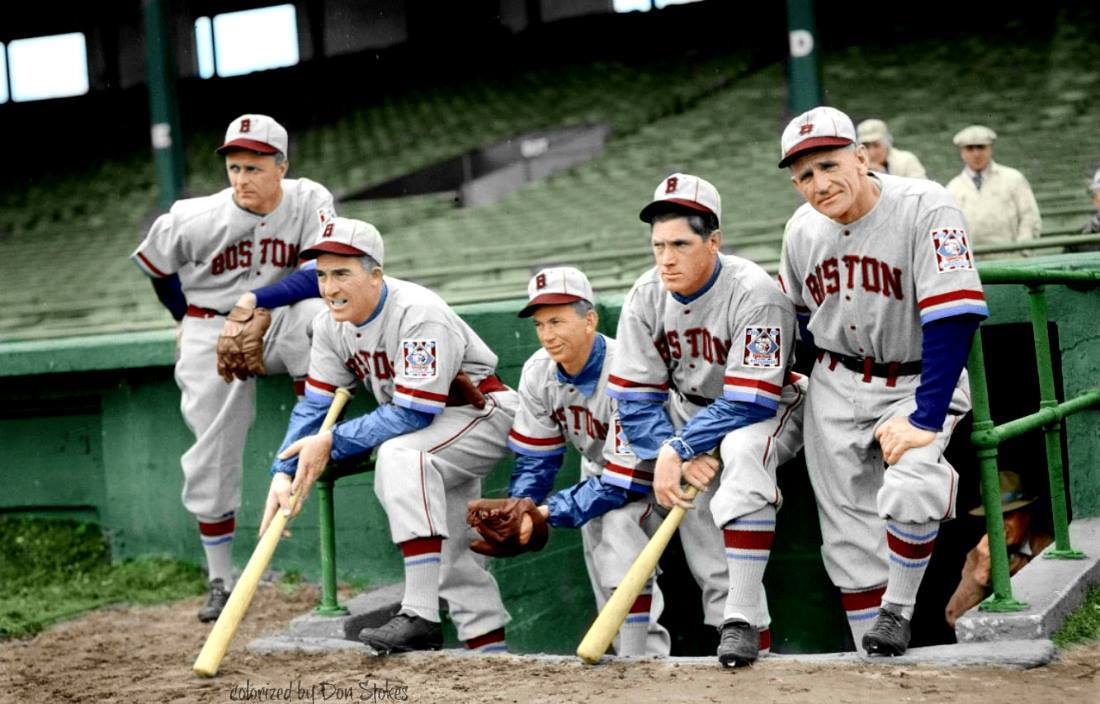
“Casey Stengel was not only the most successful manager of the 1950s, he was the most dominant manager of any single decade in baseball history.” -Historian Bill James, speaking of Casey Sengel’s tenure with the Yankees.
Casey’s Career With the Yankees
We’re all aware of the remarkable success Casey had with the Bronx Bombers from 1949-1960, possibly the most successful run in major league history for any manager. The “Old Perfessor” posted an 1149-696 record (.623), winning ten pennants, and seven World Series championships, including a record five consecutive championships from 1949–1953. In World Series play, all with the Yankees, he went 37-26 (.587), with his 37 World Series wins ranking first all-time.
Hidden behind the veneer of a clown was a sharp, innovative tactician and master motivator. With his unorthodox managing style, he was well ahead of the times.
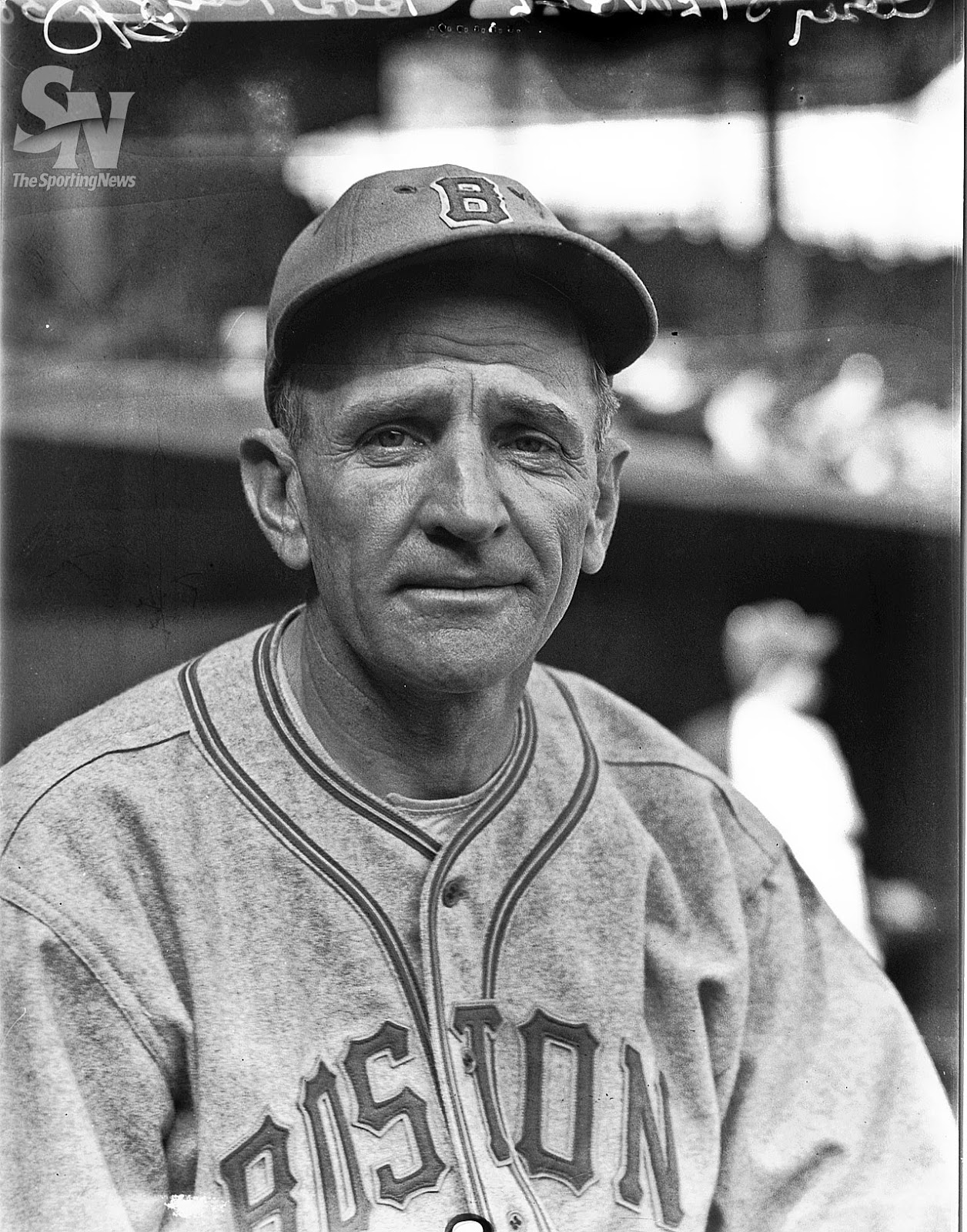
Unlike many of today’s managers who rigidly obey the dictates of the analytic nerds, Casey followed no “book.” He learned to trust his baseball instincts, honed over more than a half-century in the game.
Connie Mack once said of him:
“I never saw a man who juggled his lineup so much and who played so many hunches so successfully.”
And this comment from Bill Veeck in 1966, soon after Casey’s retirement:
“He was never necessarily the greatest of managers, but any time he had a ball club that had a chance to win, he’d win.”
Casey’s Earlier Managerial Career…Not So Good!
Not as well known is that Casey’s earlier career as a manager wasn’t always so successful. As a matter of fact, it was downright dismal. Few baseball fans remember his record before he got to New York – and with good reason! He managed some really miserable teams in the National League, compiling a less-than-stellar 581-741 record (.439) over nine seasons with the Brooklyn Dodgers and the Boston Bees (Braves). Over these nine seasons, he finished 5th twice, 6th twice, and 7th five times. Sort of makes you wonder what Yankee General Manager George Weiss was thinking when he hired Casey in October of 1948!
I Love Trying Too Identify the Obscure Guys!
In the featured photo above, we see Casey with his 1939 Boston Bees that went 63-88 (.417), good for seventh place in the eight-team National League. Below that is a beautiful colorization of the ’39 Bees by our resident baseball artist, Don Stokes, one of his best efforts. That team and those players are about as obscure as you can get. That photo arrived in my inbox one day from Mark Stang, the editor of the SABR Leslie Jones Boston Public Libray project, tasking me with the thankless job of identifying those guys. It took me a long time but, believe it or not, I finally came up with all the names!
(By the way, check out this pic of Casey from early in his career with Brooklyn. It’s
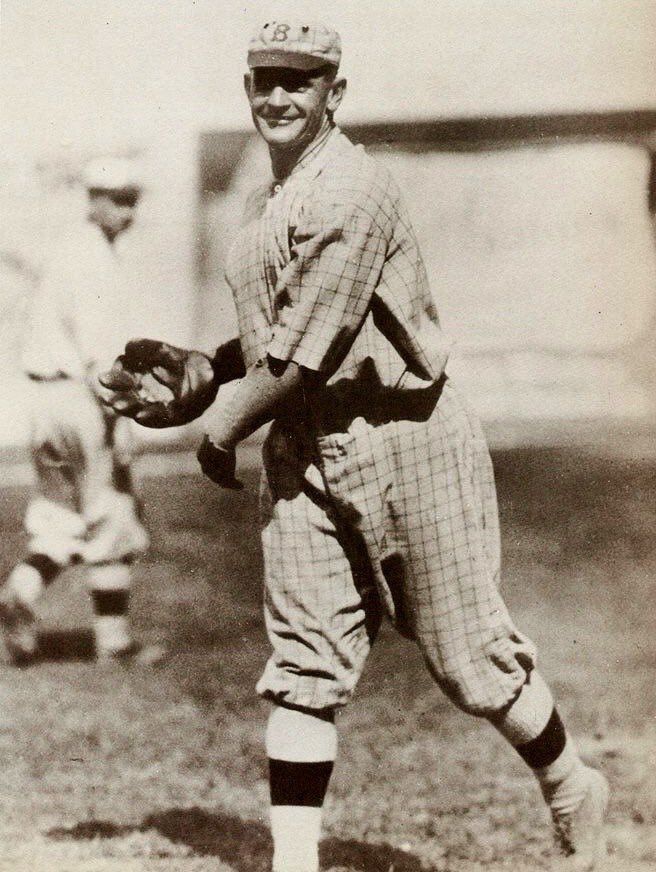
living proof that Casey was not born old!)
Let’s face it. The big stars are always easy to identify. But I have to admit I get a certain amount of satisfaction whenever I can correctly place a “name with the face” of a lesser-known player from a by-gone era. As I shine the baseball spotlight on him for a brief moment or two, I like to think I’m rescuing him from the obscurity that eventually descends upon many players over the passage of time. Those guys made it to the majors…so they’ll always be special in our eyes.
Take a gander at the featured photo and see if you can name any of them. I sure couldn’t when I started on it. But before you look at the names below, there is one player in the photo who was later slated to play a very prominent role in Yankee history.
Jim Turner
That player is Jim Turner, the player on the far left. Over his nine-year playing career (1937-1945), Jim posted an unremarkable 69-60 record with a 3.22 ERA. But it was later as a pitching coach that Turner left his mark on the game.
Jim Turner became Casey’s highly successful pitching coach with the Yankees from
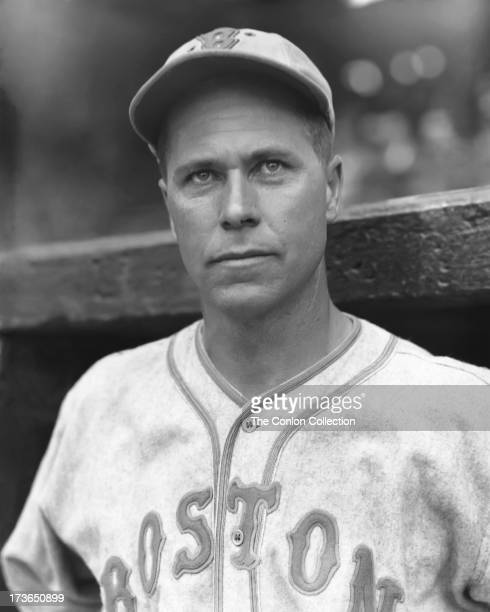
1949-1959. He returned to the Yankees from 1966-1973. Jim also coached for the Reds from 1961-1965. His 24-year major league coaching career produced a remarkable ten pennants and eight World Series championships, making him one of the most successful pitching coaches in the history of the game.
Granted he had a lot of talent to work with, but so did many others who were not as successful. We’ve often suggested that there should be spots for coaches in the Hall of Fame, and Jim Turner would certainly be a good first choice.
Casey’s 1939 Boston Bees
Here’s the complete identifications of the 1939 Boston Braves, one of the more obscure teams in baseball history. See if any names ring a bell:
L-R: Boston Bees Jim Turner, Ralph Hodgin, Stan Andrews, Eddie Miller, Buddy Hassett, Phil Masi, Tom Earley, Jimmy Outlaw, Fred Frankhouse, Joe Sullivan, Red Barkley, Bill Weir, Art Doll, and manager Casey Stengel sitting along on the third base wall at Braves Field, 1939.
I can’t do a write-up on Casey without a few choice Stengelisms. To start off, here’s one of my favorites:
“I came in here and a fella asked me to have a drink. I said I don’t drink. Then another fella said ‘I hear you and Joe DiMaggio aren’t speaking.’ And I said, ‘I’ll take that drink!’ “
And a few more:
- “I’ll never make the mistake of being 70 again!”
- “Sure I played, did you think I was born at the age of 70 sitting in a dugout trying to manage guys like you?”
- “Being with a woman all night never hurt no professional baseball player. It’s staying up all night looking for a woman that does him in.”
- “They say Yogi Berra is funny. Well, he has a lovely wife and family, a beautiful home, money in the bank, and he plays golf with millionaires. What’s funny about that?”
- “They say some of my stars drink whiskey, but I have found that ones who drink milkshakes don’t win many ball games.”
- “The Mets have shown me more ways to lose than I even knew existed.”
- “It’s wonderful to meet so many friends that I didn’t used to like.”
- “The key to being a good manager is keeping the people who hate me away from those who are still undecided.”
So again, I ask, what was George Weiss thinking when he handpicked a baseball lifer with little managerial success and elevated him to the plum job of Yankee skipper? Maybe you can come up with an answer!
Gary Livacari
Subscribe to our website, “Baseball History Comes Alive!” with over 1200 fully categorized baseball essays and photo galleries, now surpassing the 700K hits mark at 780K hits and 615 subscribers: www.baseballhistorycomesalive.com
Stats from Baseball-Reference.com
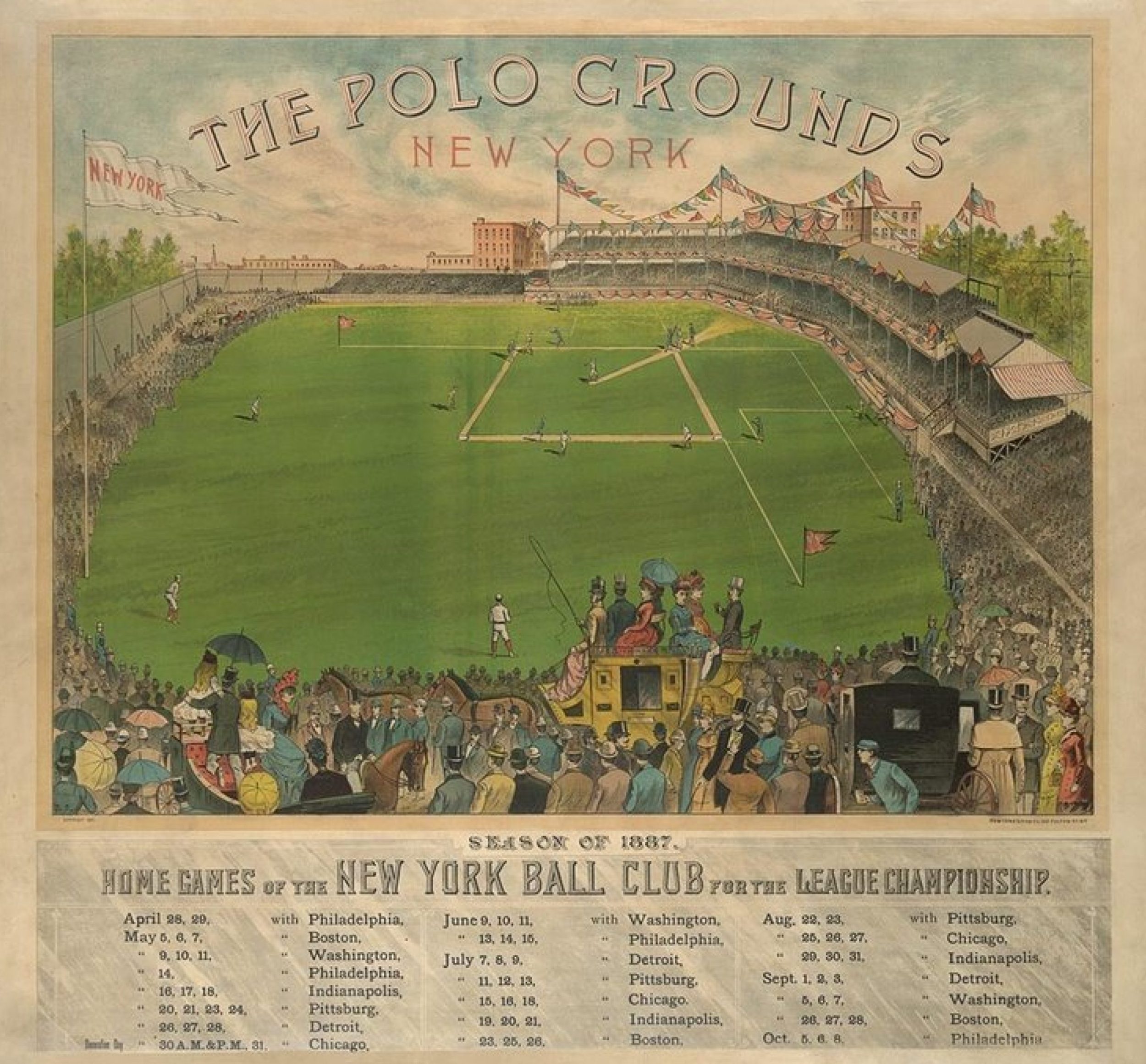
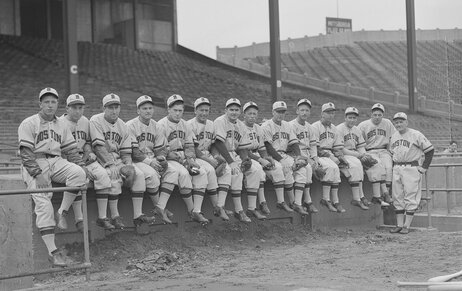
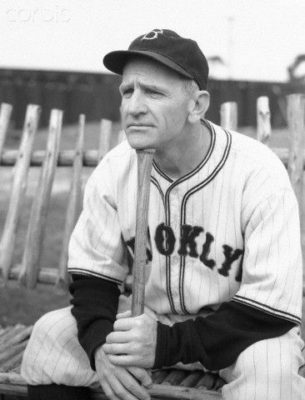
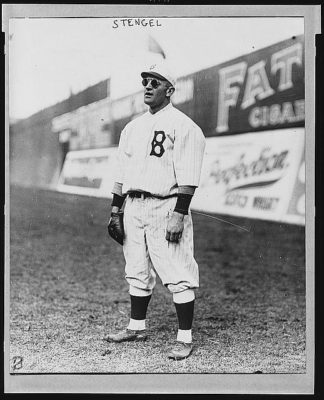
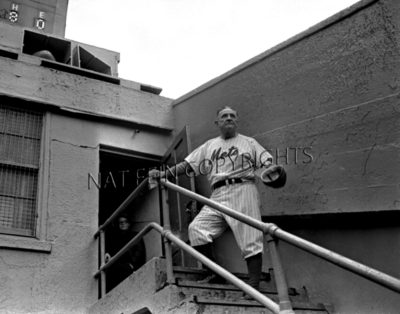
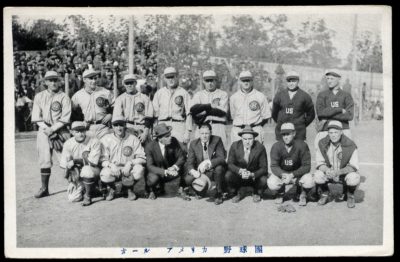
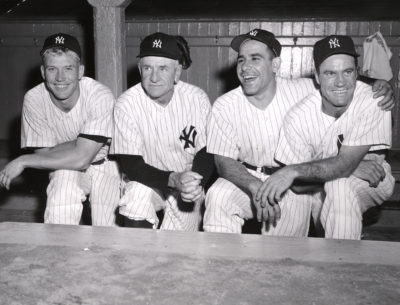
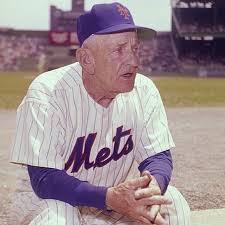

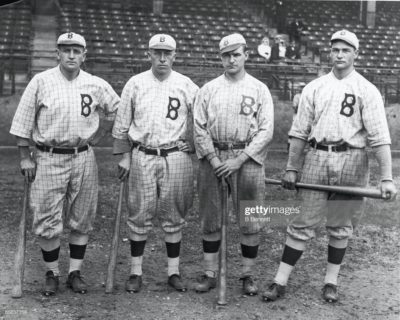
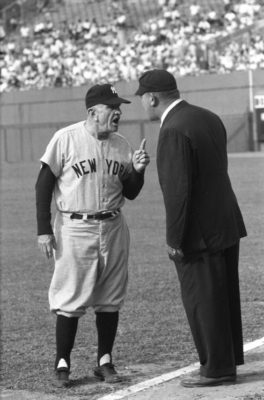
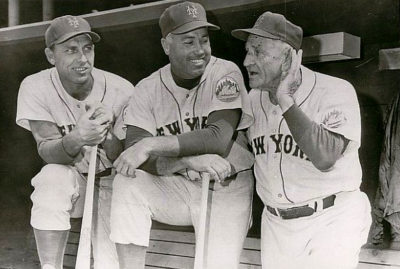
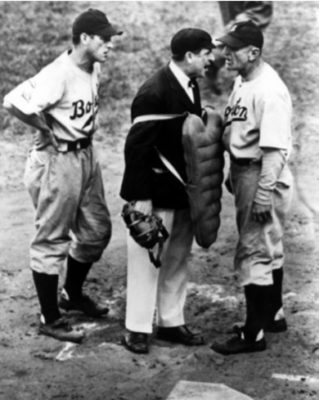
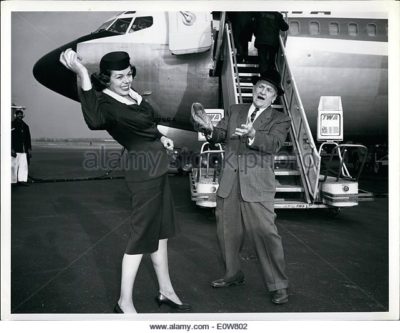
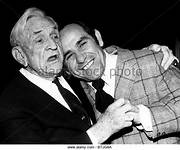
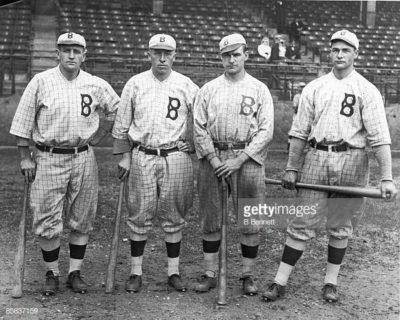
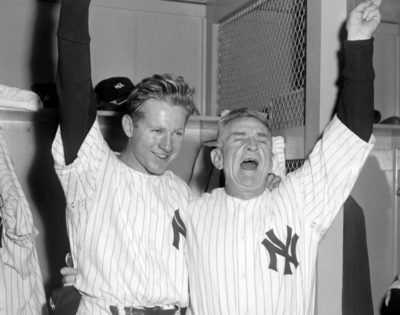
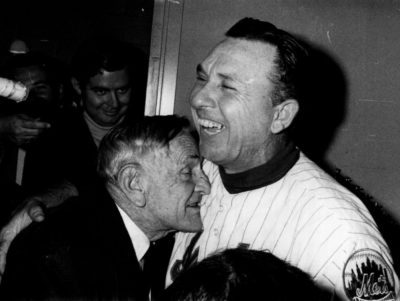
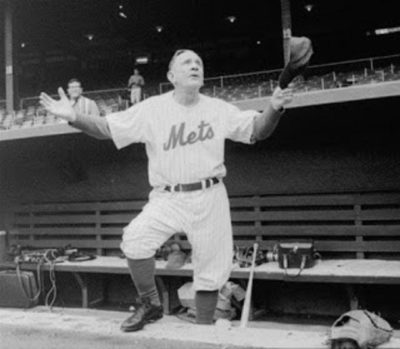
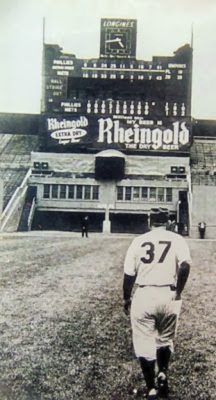
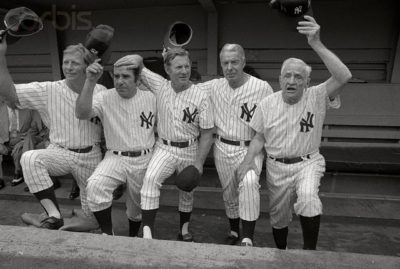
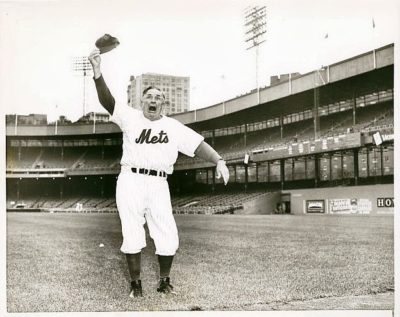
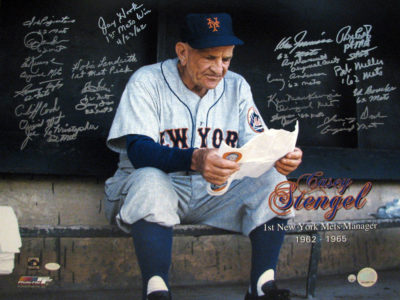
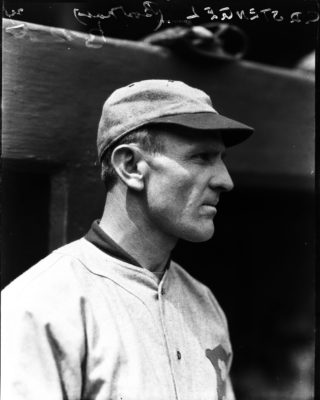
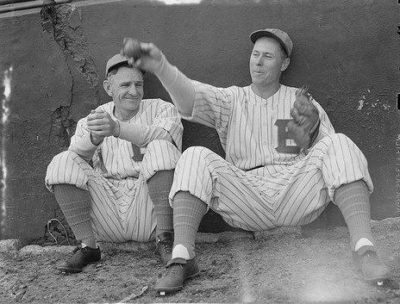
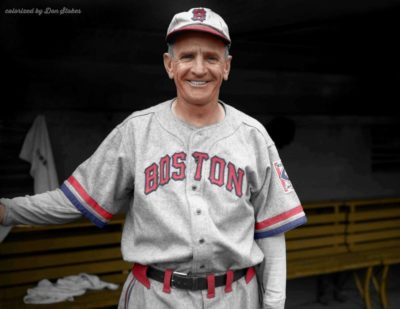
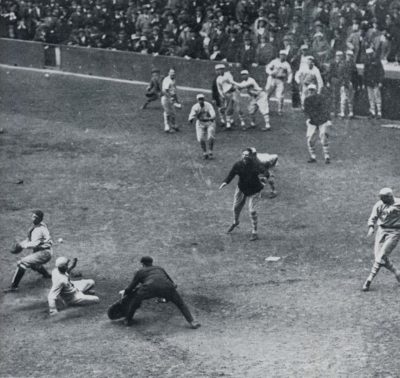
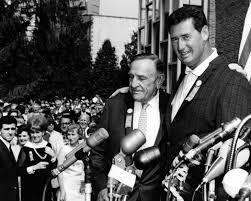
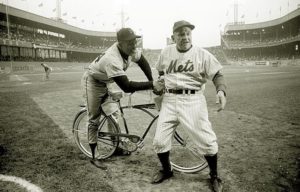
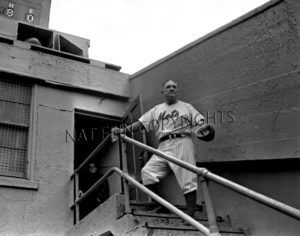

George Weis put together one of the best farm systems in baseball (Yankees) from 1932 to 1947. Obviously he was a great judge of baseball scouts and players. According to a Red Smith interview Weis had met Casey during their time in the Eastern League and again when Casey managed in the Yankee farm system in 1945. Weis said he always enjoyed talking baseball with Casey and that Stengel could always explain the rational behind his managerial moves and hunches, even when they didn’t work out. After Casey had managed the Oakland Oaks successfully, 1946-48, leading many ex-Major Leaguers to Pennants, Weis likely felt Stengel could handle the veteran Yankees team. Of course, the Weis-Stengel combination was very successful, their only blemish being their adverse position on minority players.
Great comment, Kevin, thanks!
“I’m probably the only guy who worked for Casey Stengel both before and after he was a genius.” (Warren Spahn.)
“My thoughts are pretty much like Casey’s.” (Mickey Mantle, upon listening to Stengel light up the gibberish board in remarks to Sen. Estes Kefauver’s committee on anti-trust legislation.)
Ol’ Case may not have been BORN old, but he sure got there in a hurry!
Another great article, Gary, and thank you for it.
Best regards,
Michael
That’s Michael…and that’s a great line: “Ol’ Case may not have been BORN old, but he sure got there in a hurry!”
Gary, I just discovered your website and I’m looking forward to checking it out further. I’ve been into baseball history my whole life. One player I am very interested in is Sibby Sisti. A few years ago my son married a girl named Mary Sisti. After getting to know her family I learned about Sibby who was her dad’s uncle. I was happy to inform them that Sibby played in the April 15, 1947 Jackie Robinson game. And someday my grandson Colin will know that he has major league ancestry.
Anyway, Sibby was an 18 year old rookie for the 1939 Boston Bees who apparently wasn’t sitting on the dugout that day. I wondered if you knew of any other photos of him.
Thanks!
Hi Mark- Thanks for checking in…glad to have you with us! I think you’ll enjoy the website.
I’m very familiar with Sibby Sisti, as I’ve identified him numerous times in old photos. here’s one I have in my Baseball History Comes Alive Library: https://www.baseballhistorycomesalive.com/wp-content/uploads/2019/04/1-braves-1.gif
He might be a good candidaate for my “Forgotten Stars” category!
Wow that’s great. With Spahn and Mathews too.
That’s very neat that your grandson Colin will have a connection to major league baseball. Here’s an essay I wrote a while back you might enjoy reading showing my connection to a major leaguer, Rogers Hornsby: https://wp.me/p7a04E-8yG
Not able to open your link at the moment but I have a little Hornsby story of my own. My first major league game was at the Polo Grounds in 1962 – Mets vs Pirates. My dad bought me a ball autographed by the original Mets and I did not recognize the name Rogers Hornsby, who was one of the coaches. It was years later that I realized he was probably the greatest second baseman of all time. Unfortunately, he died after the 1962 season, as did another one of the coaches who signed the ball, Ralph “Red” Kress.